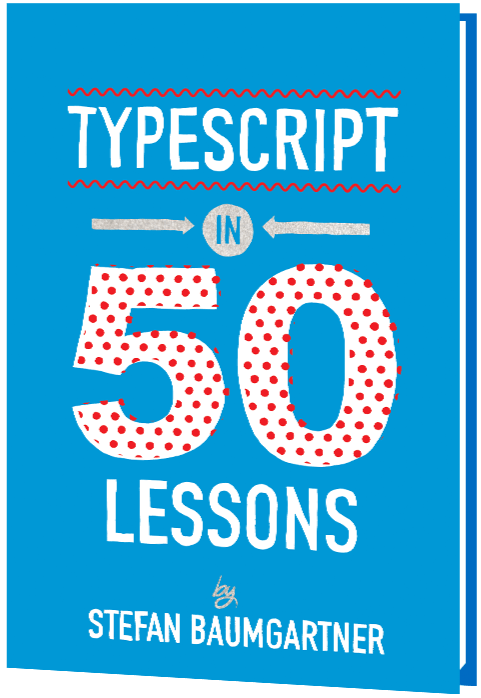 |
We are living in the generative artificial intelligence (AI) era; a time of rapid innovation. When Anthropic announced its Claude 3 foundation models (FMs) on March 4, we made Claude 3 Sonnet, a model balanced between skills and speed, available on Amazon Bedrock the same day. On March 13, we launched the Claude 3 Haiku model on Amazon Bedrock, the fastest and most compact member of the Claude 3 family for near-instant responsiveness.
Today, we are announcing the availability of Anthropic’s Claude 3 Opus on Amazon Bedrock, the most intelligent Claude 3 model, with best-in-market performance on highly complex tasks. It can navigate open-ended prompts and sight-unseen scenarios with remarkable fluency and human-like understanding, leading the frontier of general intelligence.
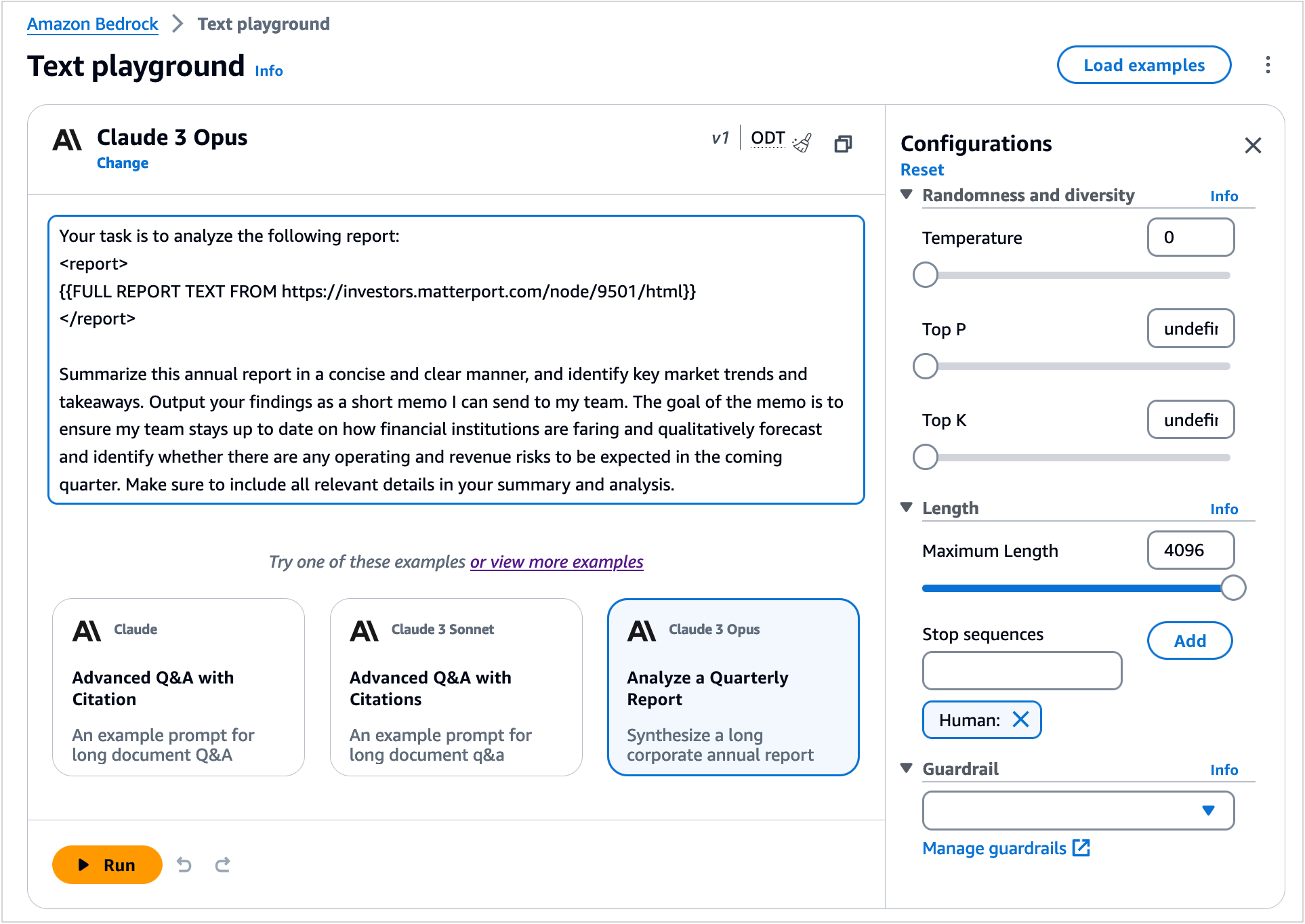
With the availability of Claude 3 Opus on Amazon Bedrock, enterprises can build generative AI applications to automate tasks, generate revenue through user-facing applications, conduct complex financial forecasts, and accelerate research and development across various sectors. Like the rest of the Claude 3 family, Opus can process images and return text outputs.
Claude 3 Opus shows an estimated twofold gain in accuracy over Claude 2.1 on difficult open-ended questions, reducing the likelihood of faulty responses. As enterprise customers rely on Claude across industries like healthcare, finance, and legal research, improved accuracy is essential for safety and performance.
How does Claude 3 Opus perform?
Claude 3 Opus outperforms its peers on most of the common evaluation benchmarks for AI systems, including undergraduate-level expert knowledge (MMLU), graduate-level expert reasoning (GPQA), basic mathematics (GSM8K), and more. It exhibits high levels of comprehension and fluency on complex tasks, leading the frontier of general intelligence.
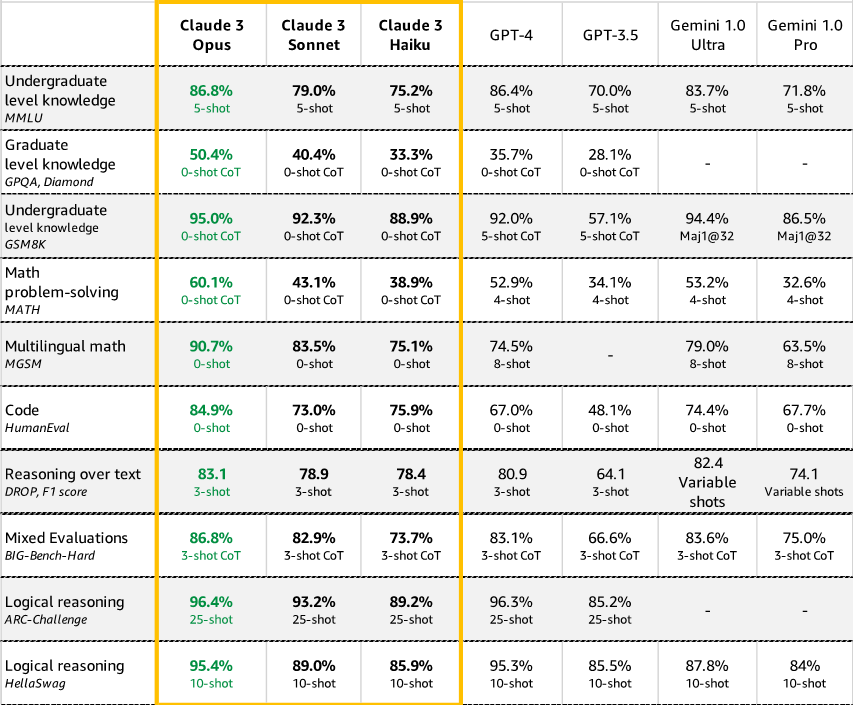
Source: https://www.anthropic.com/news/claude-3-family
Here are a few supported use cases for the Claude 3 Opus model:
- Task automation: planning and execution of complex actions across APIs, databases, and interactive coding
- Research: brainstorming and hypothesis generation, research review, and drug discovery
- Strategy: advanced analysis of charts and graphs, financials and market trends, and forecasting
To learn more about Claude 3 Opus’s features and capabilities, visit Anthropic’s Claude on Bedrock page and Anthropic Claude models in the Amazon Bedrock documentation.
Claude 3 Opus in action
If you are new to using Anthropic models, go to the Amazon Bedrock console and choose Model access on the bottom left pane. Request access separately for Claude 3 Opus.
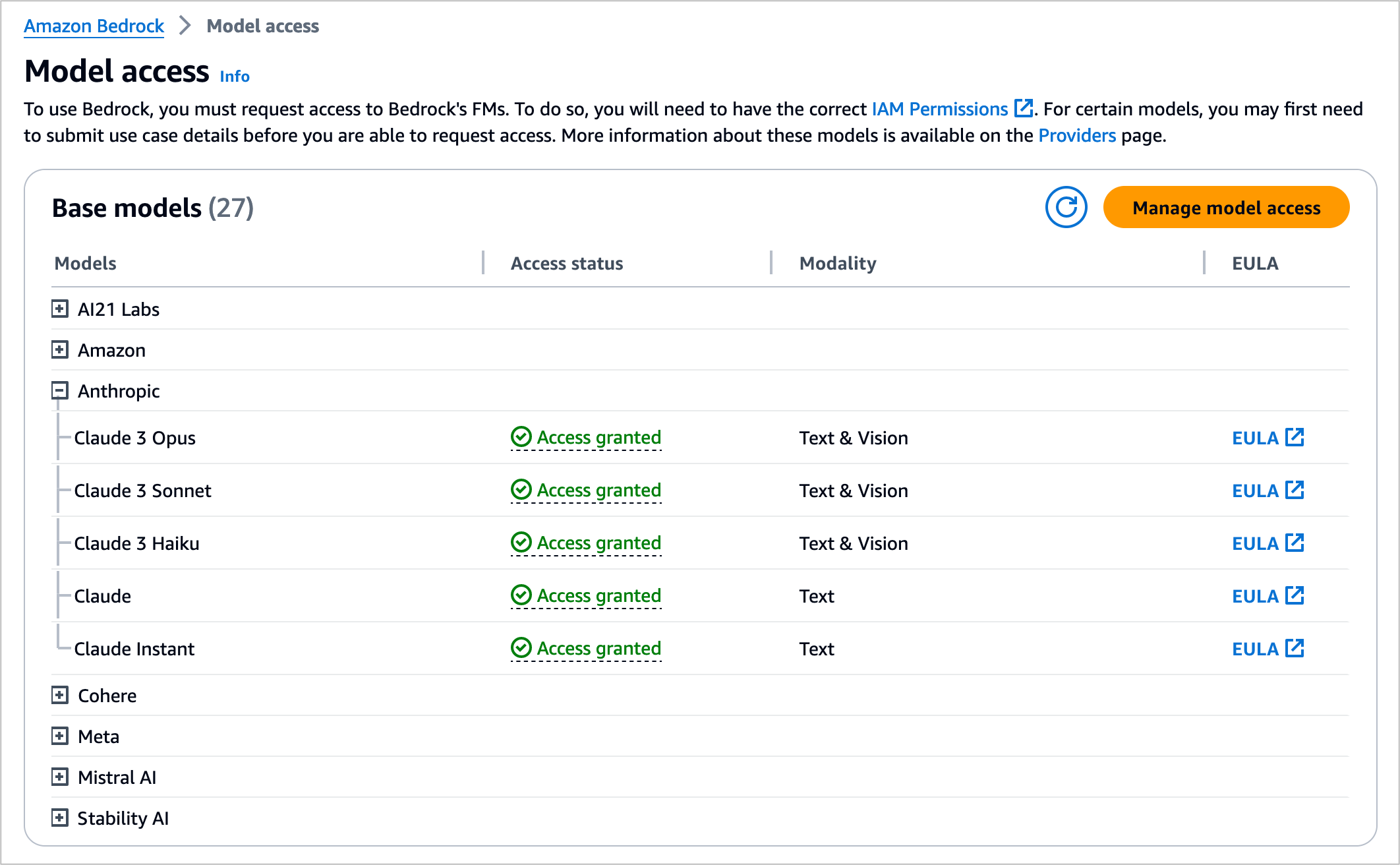
To test Claude 3 Opus in the console, choose Text or Chat under Playgrounds in the left menu pane. Then choose Select model and select Anthropic as the category and Claude 3 Opus as the model.
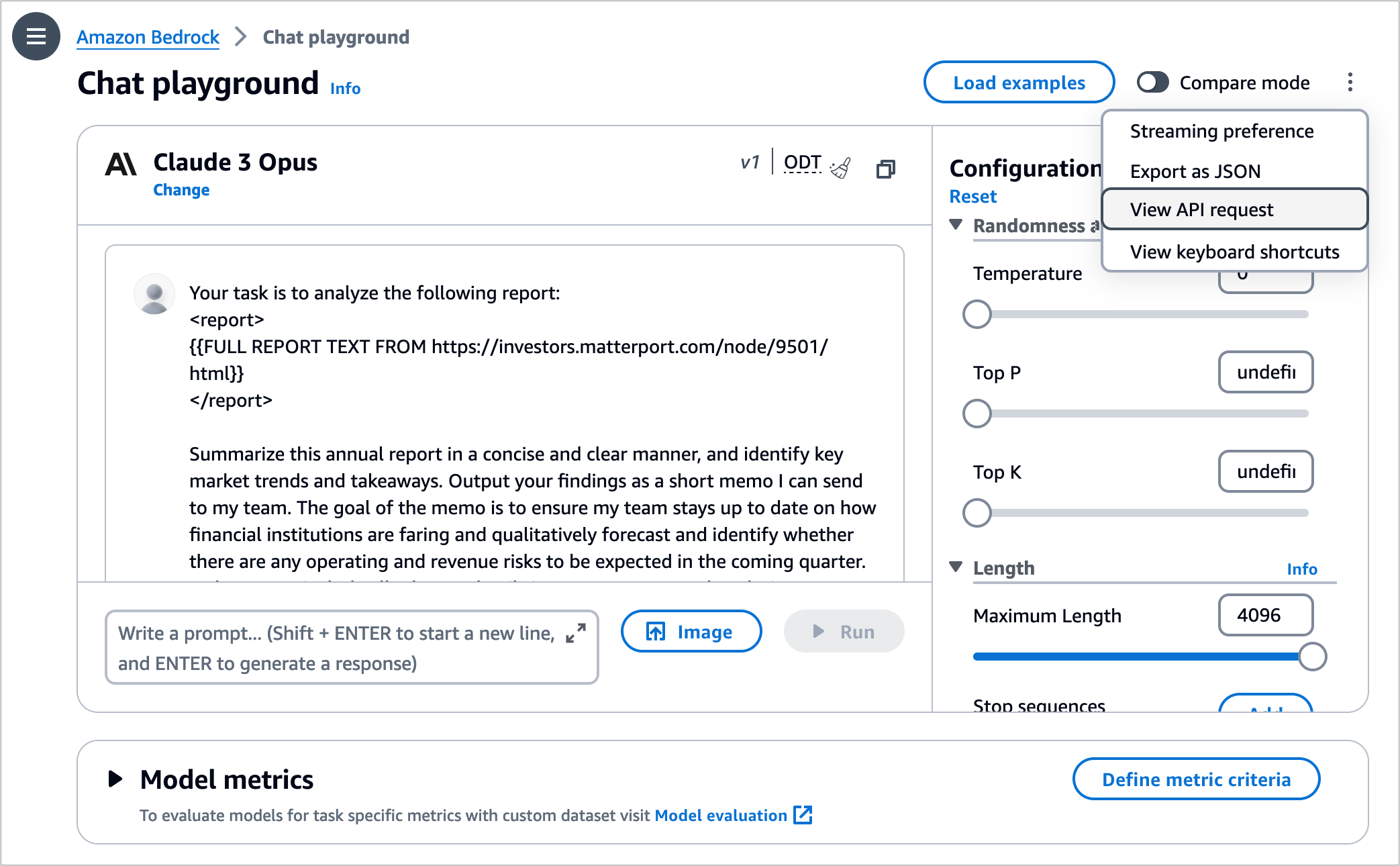
To test more Claude prompt examples, choose Load examples. You can view and run examples specific to Claude 3 Opus, such as analyzing a quarterly report, building a website, and creating a side-scrolling game.
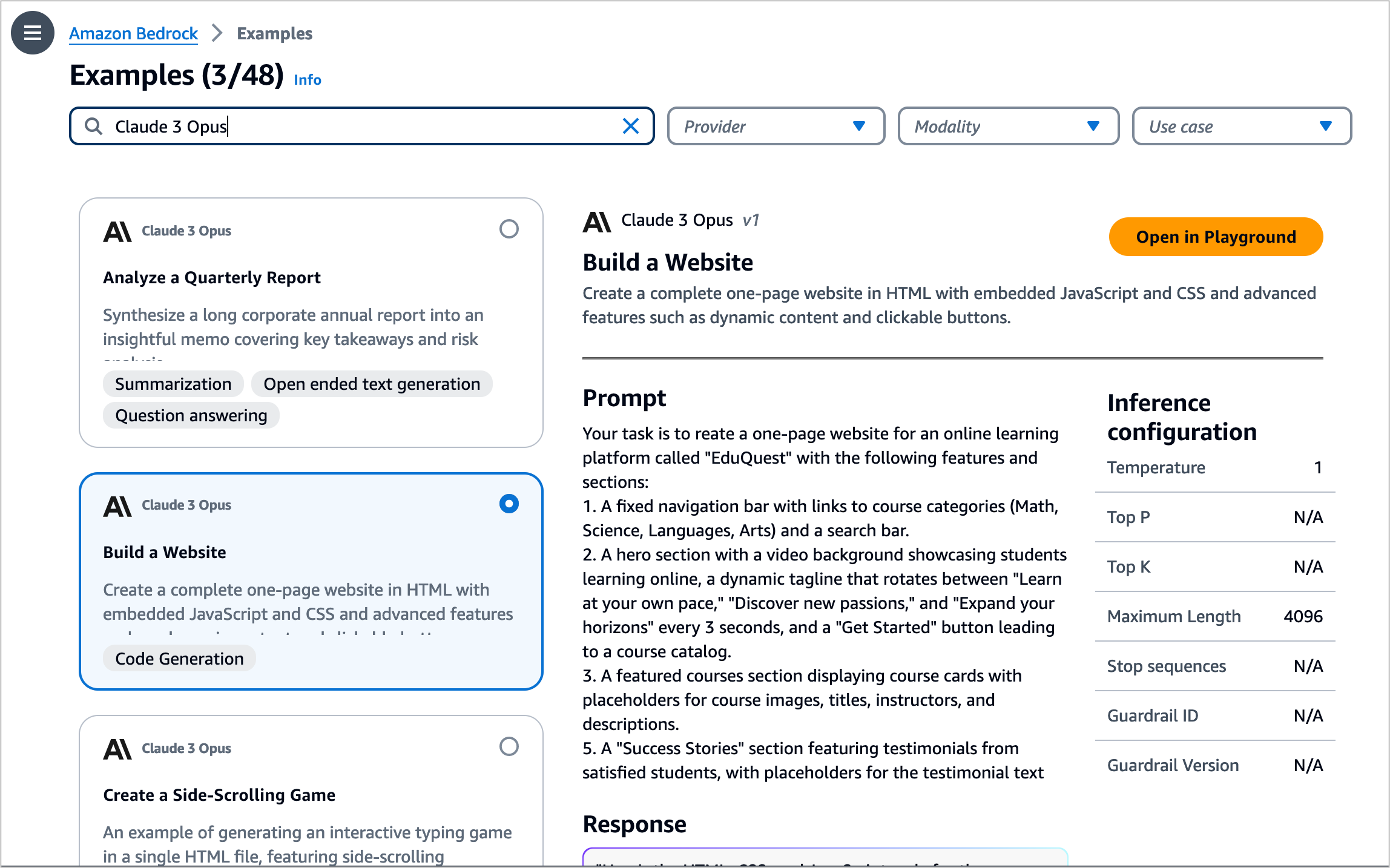
By choosing View API request, you can also access the model using code examples in the AWS Command Line Interface (AWS CLI) and AWS SDKs. Here is a sample of the AWS CLI command:
aws bedrock-runtime invoke-model
--model-id anthropic.claude-3-opus-20240229-v1:0
--body "{"messages":[{"role":"user","content":[{"type":"text","text":" Your task is to create a one-page website for an online learning platform.n"}]}],"anthropic_version":"bedrock-2023-05-31","max_tokens":2000,"temperature":1,"top_k":250,"top_p":0.999,"stop_sequences":["nnHuman:"]}"
--cli-binary-format raw-in-base64-out
--region us-west-2
invoke-model-output.txtAs I mentioned in my previous Claude 3 model launch posts, you need to use the new Anthropic Claude Messages API format for some Claude 3 model features, such as image processing. If you use Anthropic Claude Text Completions API and want to use Claude 3 models, you should upgrade from the Text Completions API.
My colleagues, Dennis Traub and Francois Bouteruche, are building code examples for Amazon Bedrock using AWS SDKs. You can learn how to invoke Claude 3 on Amazon Bedrock to generate text or multimodal prompts for image analysis in the Amazon Bedrock documentation.
Here is sample JavaScript code to send a Messages API request to generate text:
// claude_opus.js - Invokes Anthropic Claude 3 Opus using the Messages API.
import {
BedrockRuntimeClient,
InvokeModelCommand
} from "@aws-sdk/client-bedrock-runtime";
const modelId = "anthropic.claude-3-opus-20240229-v1:0";
const prompt = "Hello Claude, how are you today?";
// Create a new Bedrock Runtime client instance
const client = new BedrockRuntimeClient({ region: "us-west-2" });
// Prepare the payload for the model
const payload = {
anthropic_version: "bedrock-2023-05-31",
max_tokens: 1000,
messages: [{
role: "user",
content: [{ type: "text", text: prompt }]
}]
};
// Invoke Claude with the payload and wait for the response
const command = new InvokeModelCommand({
contentType: "application/json",
body: JSON.stringify(payload),
modelId
});
const apiResponse = await client.send(command);
// Decode and print Claude's response
const decodedResponseBody = new TextDecoder().decode(apiResponse.body);
const responseBody = JSON.parse(decodedResponseBody);
const text = responseBody.content[0].text;
console.log(`Response: ${text}`);Now, you can install the AWS SDK for JavaScript Runtime Client for Node.js and run claude_opus.js.
npm install @aws-sdk/client-bedrock-runtime
node claude_opus.jsFor more examples in different programming languages, check out the code examples section in the Amazon Bedrock User Guide, and learn how to use system prompts with Anthropic Claude at Community.aws.
Now available
Claude 3 Opus is available today in the US West (Oregon) Region; check the full Region list for future updates.
Give Claude 3 Opus a try in the Amazon Bedrock console today and send feedback to AWS re:Post for Amazon Bedrock or through your usual AWS Support contacts.
— Channy
